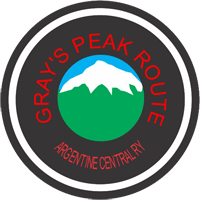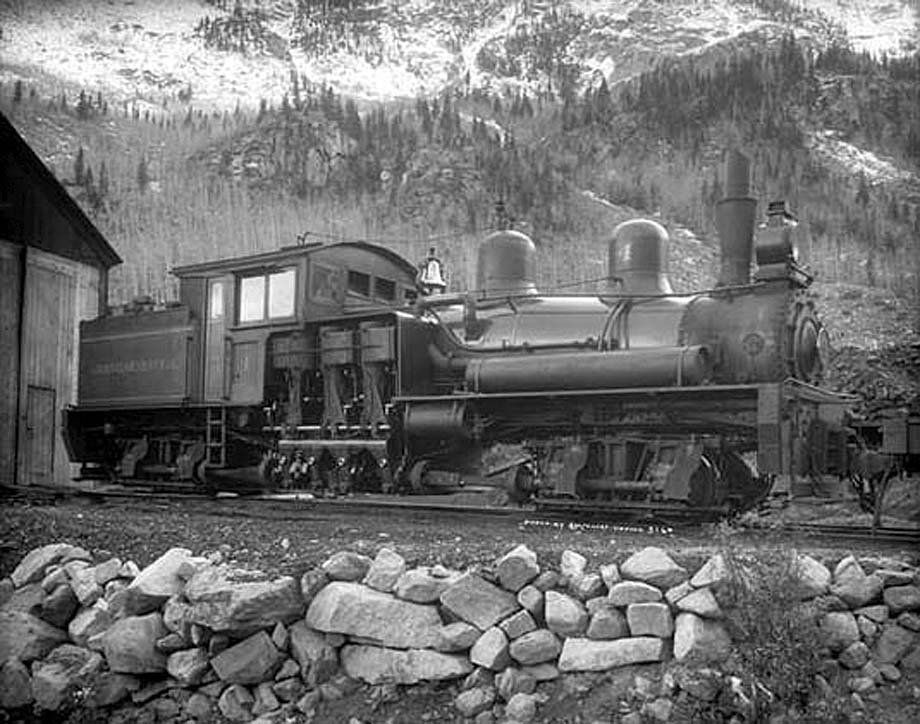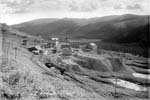Started in 1905 and completed in 1906, the Argentine Central Railway proved to be a boon for the mining town of Waldorf and the surrounding mining district. The railway was also a popular attraction for visitors who wanted to spend a day in the mountains.
Reverend Edward J. Wilcox, a one-time Methodist minister and successful mining entrepreneur, purchased sixty-five mining properties in the Waldorf and surrounding areas. In 1902 Wilcox incorporated the properties into the Waldorf Mining and Milling Company, about nine miles east of Silver Plume. Wilcox quickly realized that to tap the full potential of the mineral wealth in the Argentine district better transportation was needed. Wilcox, with money earned by selling mining property near Idaho Springs, decided to build a railway.
The Argentine Central Railway held a ceremonial ground breaking on 1 Aug 1905, Colorado Day, in Silver Plume. It appears Wilcox jumped the gun a little as he did not officially incorporate the railway until 10 Aug 1905. Work on grading the narrow gauge right-of-way progressed and by September the Colorado & Southern line and the Argentine Central tracks were joined.
In addition to hauling ore and mining supplies the railway now officially commenced excursion operations. Liberally claiming the road was 14,007 feet in elevation, the Argentine Central was labeled the highest railway on the North American continent. The elevation, along with boasting of the scenery, attracted numerous excursionists to the road.

Today little is left of this remarkable railway except the roadbed. Jeepers and hikers can still follow the route to the summit of Mt. McClellan and explore the Waldorf and Argentine district but the trains are long gone.



